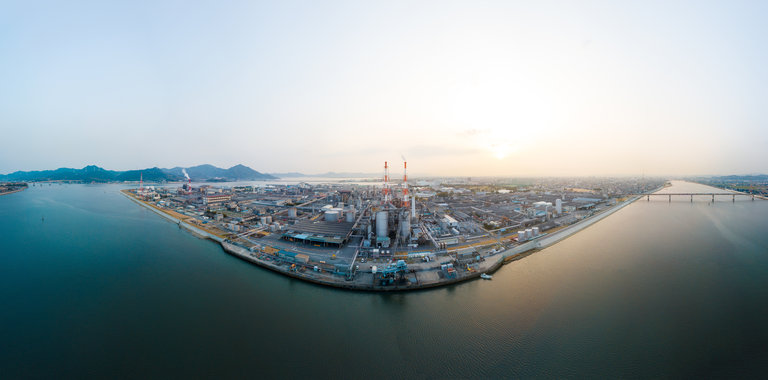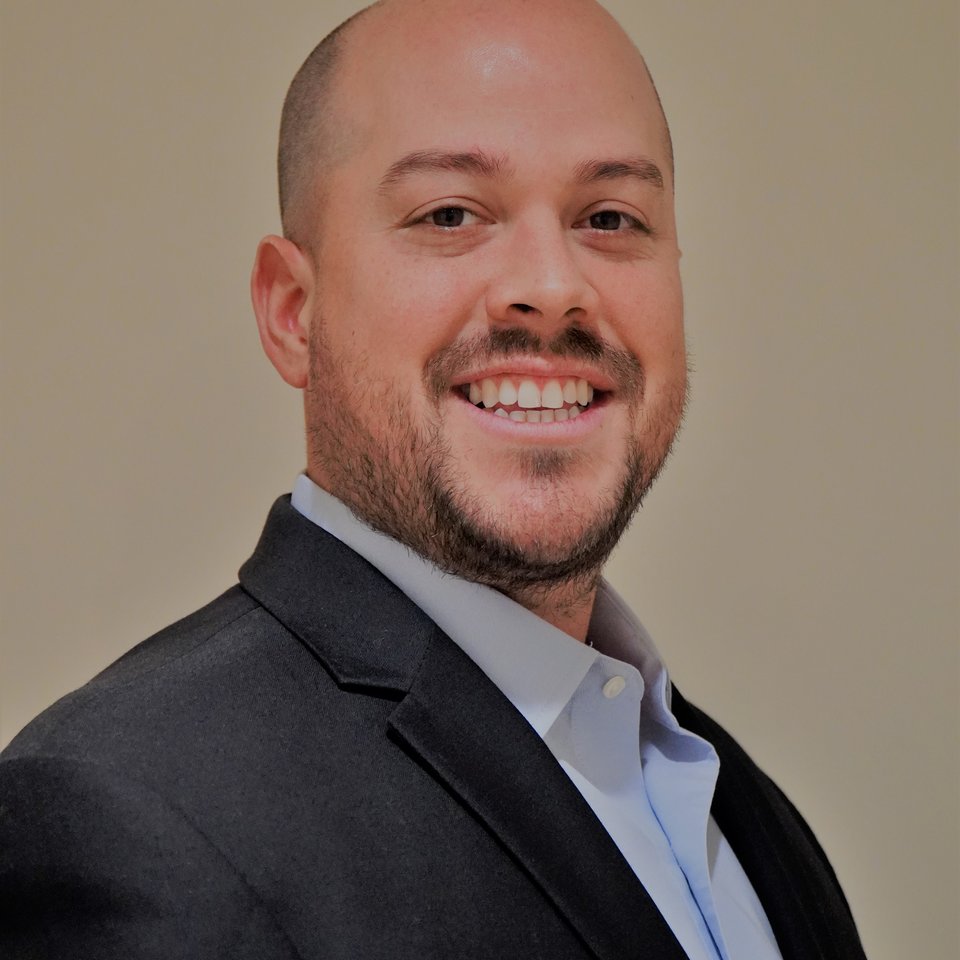
Pumps, plantwide, and digital transformation - part 1
I engage with hundreds of customers every year and regardless of the industry, when the discussion turns to plantwide monitoring - let alone enterprise-wide monitoring - pumps always manage to steal the spotlight.
The reason is simple: every industry has them - LOTS of them - and virtually every industry spends too much money maintaining them. The attitude towards pumps has historically been that because many or perhaps most are spared, a pump failure wasn't really too consequential in terms of process impact and thus didn't justify permanent monitoring - just a walk-around program instead. Of course, that doesn't account for pumps handling toxic and/or flammable materials and the ensuing havoc when one fails, catches fire, and brings not just its own process loop but the entire plant to a screeching halt. Those applications generally do merit more than monthly rounds with a portable data collector and thus get bona-fide machinery protection. In fact, that's one of the primary use cases for the 2300 series monitors in our portfolio. But those aren't the class of pumps I'm focused on in this article.
It's instead the class of pumps where the impetus to do things differently isn't necessarily driven by the consequences of failure - its driven by thehigh costs of maintenance. On those machines, it isn't death but a single cut. It's death by a thousand cuts because each one of them can - and often does - inflict a small cut in terms of maintenance costs and the costs of acquiring data. If we were talking about a few dozen machines, those costs might get lost in the rounding errors of the overall maintenance budget.
But rarely is it a few dozen.
On a plantwide basis, the number of garden-variety pumps in many industrial facilities often exceeds one hundred and frequently exceeds several thousand. As I've talked to the individuals responsible for these machines and asked what they are doing today, the response is usually the same: a labor-intensive, manual data collection approach is used. Does it work? Sort of. Things aren't necessarily catching fire, but when someone higher up in the organization looks beyond just the "no major events" criteria and starts looking at how much money is being spent, the questions start coming. And when baselined against more critical machines, it becomes clear that the maintenance costs are excessive on a percentage basis. Yes, the reliability levels may be acceptable in aggregate because the machines are often spared - but the costs to get there and stay there are not. Management rightfully asks, "do I have to settle for status quo and are there better ways to reach my reliability targets?"
I also frequently talk to another group of people in many plants. These are individuals in roles that didn't even exist 15 years ago: digital transformation leaders. But that was then. This is now. Today, an org chart without them is a rarity. Like a car without Bluetooth. Or a day without spam.
许多不旋转机械专家,也不应该d they be. They typically take a high-altitude view of all the things happening within an organization and it is their job to see the forest instead of the bark, beetles, and leaves. They aren't typically pitting one reliability initiative against another. Instead, they are looking at all the possible ways that digitally transforming an approach or process can be used - from the cafeteria to the condensate pump - and deciding which projects offer the most compelling return on investment.
The good news is that those pumps that most plants care so much about don't have to remain in status quo-ville. They are frequently emerging at the top of the list for digital transformation initiatives.
Here's why.
因为经常有很多泵,小即兴表演vements on each one sums up to big benefits. Most plants realize this and they're looking for different ways to address their pumps. Because the price of wireless sensing has dropped dramatically, it's getting a lot of attention and pumps are often the perfect candidates for such sensors. In fact, wireless sensors have become almost commodities. I'm not suggesting they're all the same - I'm just suggesting the market is flooded with them. So the first step in the digital journey is literally to eliminate steps and the labor costs associated with collecting data manually. Instead of wearing out boots gathering data from hundreds of pumps (or more), the data comes to the analyst. Unfortunately, a lot of companies stop at this point thinking they've digitized data collection and transformed their process. But they've really just exchanged one set of problems for another. What they quickly realize is that somebody must now review all of that incoming data and manage all of those alarms. It becomes a full-time job and although the data is more frequent, it becomes not death by a thousand cuts but death by a thousand alarms. Alarm management turns into a full-time job even if data collection is no longer a full-time job.
What many digital transformation leaders are seeing, however, is not a challenge but an opportunity. That's because many of them understand the power of AI - they've seen it used elsewhere with good results. In contrast, many rotating equipment personnel are highly skeptical because they've seen all the hype but rarely the promised results. Their frame of reference all too often is AI done wrong, not AI done right. As a result, there's an inherent auto-immune response. Been there, done that. In fact, in a recent survey of customers with a rotating machinery focus, 46% told us plainly that they were skeptical of AI in these applications and 27% told us they'd actually tried it and it underperformed.
To be perfectly honest, almost every one of us in the business shared that level of skepticism. Until we saw AI done right, that is. Then the lightbulbs came on.
AI can do the diagnostics. People don't have to sift through data looking for problems; the AI can do that for them. And increasingly, AI can even take the next step and go beyond diagnostics to prescriptive recommendations. Not just "there's a problem" but "thisis the problem andthisis what to do about it." People can then spend their times fixing problems and eliminating defects - not looking for problems and then analyzing them. That's the full picture of digital transformation. Not just digitizing the collection of data, but also the analysis of data and the conversion to something so simple a 5th grader can understand it.
"Your bearing is showing signs of wear, most likely from unbalance. We saw the same issue on this machine 31 months ago. Bearing replacement within the next 45 days is strongly recommended along with balancing before returning the machine to service. In the meantime, we'll be monitoring it daily and notify you of any substantial changes that warrant more immediate intervention."
What's not to like?
The key here really boils down to the AI itself. Is it robust? Is it accurate? Does it require mountains of historical data, a small priesthood of experts, and months to train?
No, it doesn't. Not anymore.
我们使用的专用AI意味着艰难的我们rk of training the system to understand what a pump is, a motor is, a fan is, or most any other asset has already been done. The hard work of training the system to know the difference between unbalance, misalignment, a bearing defect, or a loose foundation bolt has already been done. And not just with one pump, at room temperature, in a lab setting. With hundreds of thousands of pumps across 100 millions of hours of runtime. And motors. And fans. And many other assets.
It's a bit like that oldLife® cereal commercialfrom the 1970s. If the resident skeptic likes it, it must be good. Trust me - a lot of us were skeptics. But then we saw the results of this technology. And like Mikey, we embraced it. Big time.
The numbers simply don't lie. This AI, when applied to this class of machines, is delivering the goods. Its ability to detect a problem exceeds 95%. And once detected, its ability to precisely identify the type of problem - in other words, diagnostic accuracy - exceeds 99%.
In part 2 of this article, I'm going to translate this into what it means in terms of ROI, in terms of scalability from plantwide to enterprise-wide levels, and how the delivery model we've chosen has made all the difference in terms of rapid payback, ease of deployment, and exceeding the aggressive ROI thresholds that digital transformation leaders are using to separate the so-what projects from the must-dos.
Should you use this technology to go plantwide? Yes. It's like getting off the stairs and getting on the escalator. Should you stop at plantwide? No - nor will you want to. The technology scales and the business model scales, meaning the benefits scale as well.
Our Experts

Carlos M. Gomez
Vice President, Augury Alliance
BIO
Carlos has served as the Vice President of the Augury Alliance at Baker Hughes since April 2022, driving an alliance that broadens Baker Hughes’ solution portfolio in the rapidly growing asset performance management (APM) segment. Carlos previously led the North America Bently Nevada organization, focusing on asset protection and condition monitoring for multiple industries. He has also held leadership positions within General Electric’s Corporate and GE Capital divisions focusing on Financial Services, Healthcare and Oil & Gas across various functions. Carlos is a graduate of GE’s Accelerated Leadership Program (XLP) and is a graduate of the University of Florida with a dual-degree in Finance and Economics. Carlos enjoys traveling with his wife and daughters. In his free time, Carlos serves as the Baker Hughes Executive Champion for the University of Florida and LatinX Employee Resource Group.

